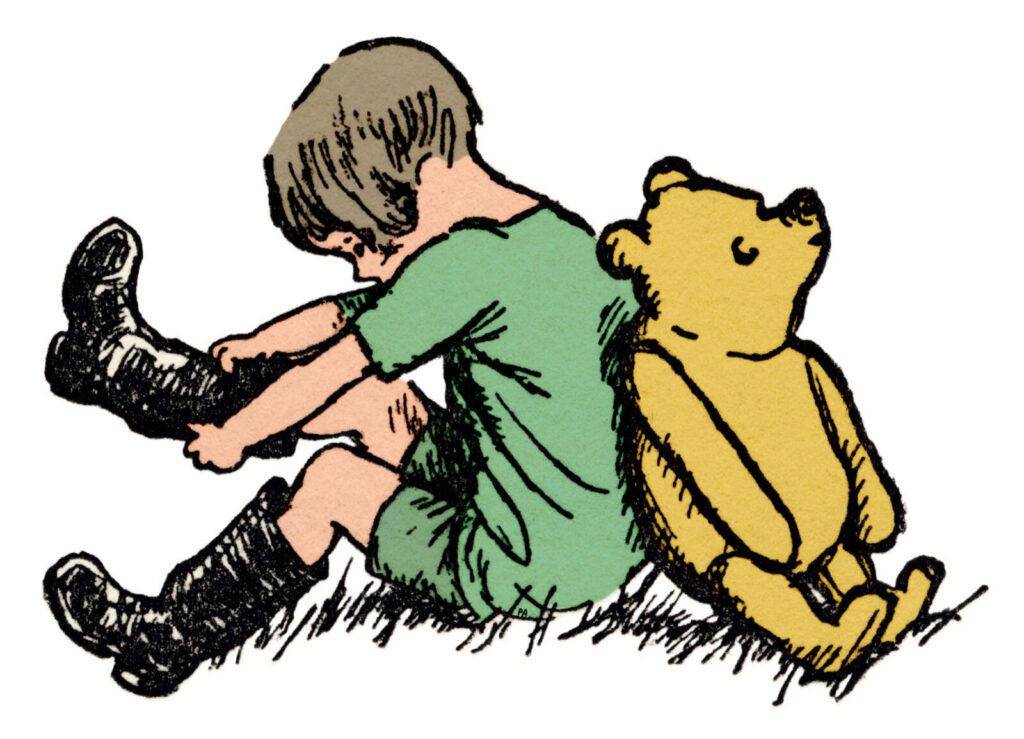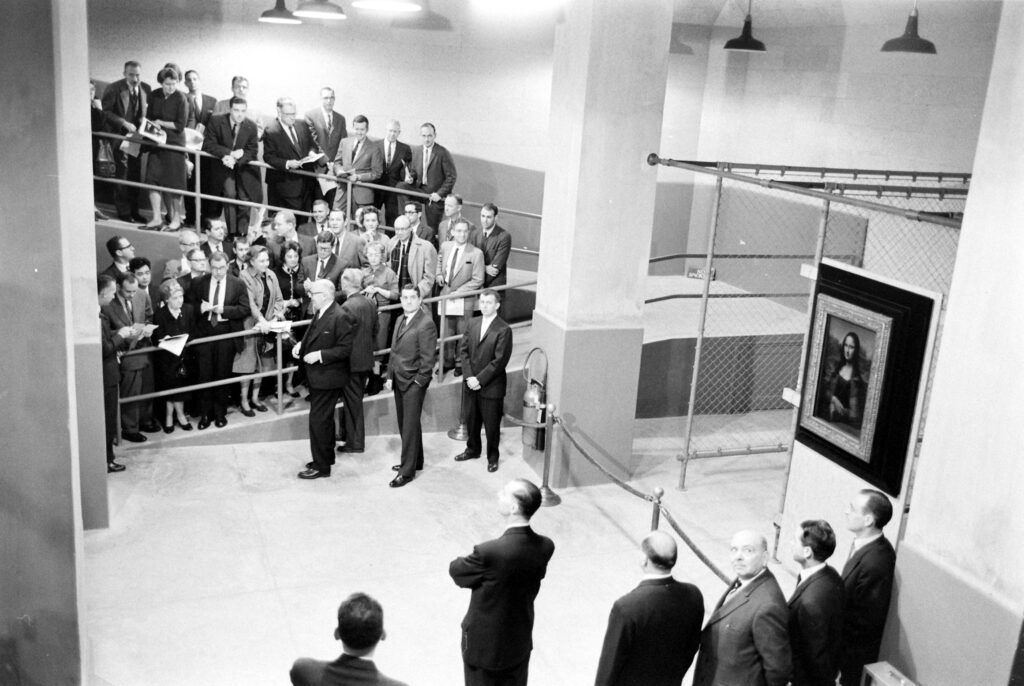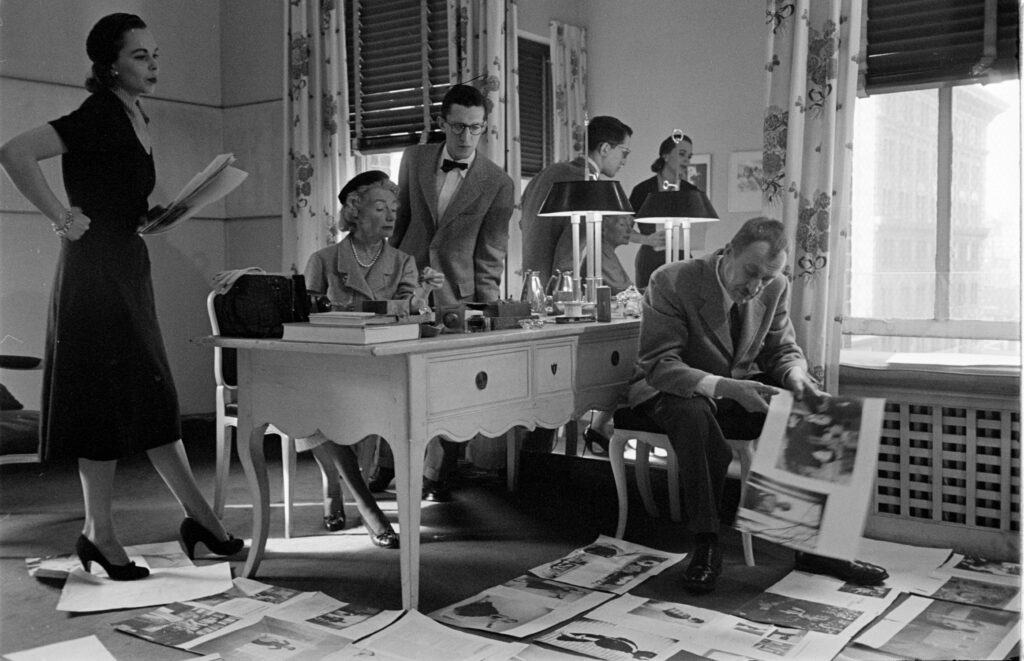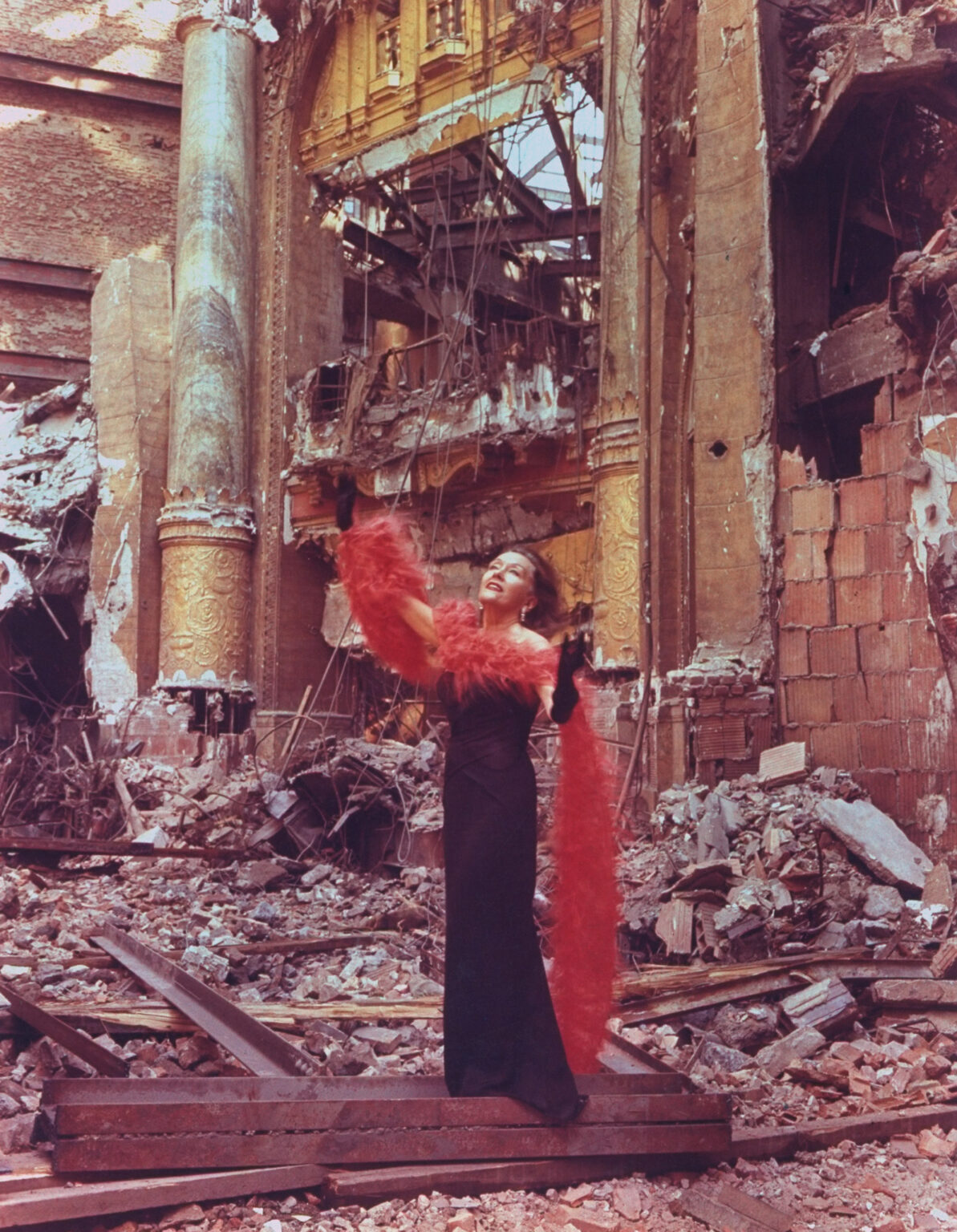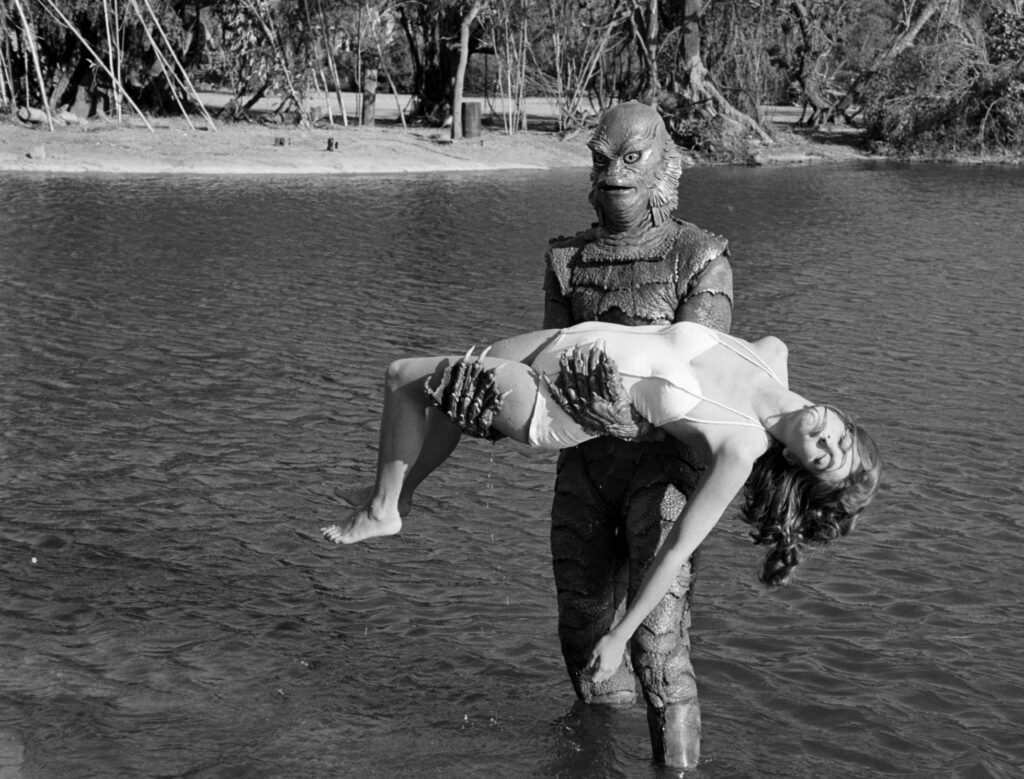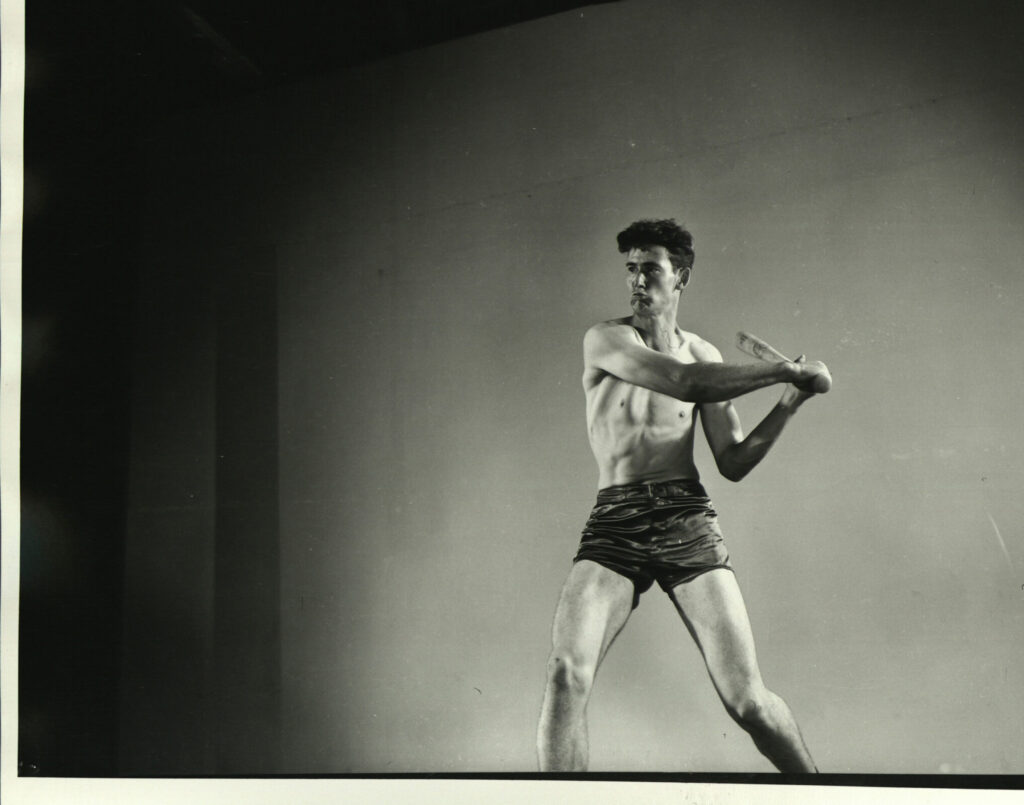Written By: Bill Syken
The portfolio of Terry Ashe is a walk down memory lane for political junkies. There’s Oliver North and his secretary Fawn Hall from the Iran-Contra scandal of the 1980s. There’s Clarence Thomas and Anita Hill. There’s Hillary Clinton from the days when husband Bill put her in charge of health care reform. There’s newsman Matt Drudge, goofy hat and all, from when Bill Clinton’s Monica Lewisky scandal exploded.
Ashe, now 74, was an unlikely figure to chronicle the world of Washington D.C. He grew up in Holyoke, Mass., the son of a hotel clerk and a school teacher. His mother, the schoolteacher, died from bone cancer when he was 14 years old. She knew she had been sick for years, and was eager to cram in lessons with her son. She insisted, for one, that he learn to draw. “That’s how I got interested in art,” Ashe says. At the age of 13 he was given his first car, a 1950 Ford coupe in robin’s egg blue, with the idea that he would learn how cars worked, in addition to taking short rides up and down the driveway.
After high school Ashe went to trade school to study electronics. He only began with photography after a friend who was serving in Vietnam sent him a camera. A turning point came when Ashe was working at the local country club and a fellow bartender saw one of Ashe’s pictures and recommended that he apply to the Brooks Institute in Santa Barbara, Calif., where his son had gone to study photography.
At Brooks, Ashe found his groove, and began getting work as a photographer and an assistant. On the way up he served as an assistant for Dirck Halstead on shoots for Time magazine of future president Ronald Reagan and former president Gerald Ford. On the Reagan shoot, at his California ranch, Ashe accidentally dropped a light on the head of the former California governor, which Reagan took with good humor and for which Ashe couldn’t apologize enough. Then it was on to Ford, which really blew Ashe’s mind. “I left there thinking, I had just met an American president,” Ashe says. “Wow.”
Ashe would go on to shoot for LIFE, Time and others, following the work to Washington D.C. early in the Reagan administration. His unique background served him well as a photographer. His mother’s emphasis on drawing had given him an artistic sensibility. And his time studying electronics helped him gain a proficiency with the technical aspects. He cared greatly about his equipment, and he understood it. “The lenses I had were beautiful,” he says. He came to master exposures and lighting, and when his saw some Beltway colleagues struggling with those aspects, he says, “I knew I had an edge.”
It shows. His portrait of former U.S. Ambassador Jeanne Kirkpatrick could be a Renaissance painting. Or compare this story’s photo of actress Elizabeth Taylor testifying before Congress on behalf of AIDS research to this image from another photographer covering the event.
When listing his favorite photos, Ashe makes sure to mention his portrait of Senators Phil Gramm (R-Texas), Warren Rudman (R-New Hampshire) and Ernest Hollings (D-South Carolina) who came together to pass the 1985 balanced budget law that bears their name. “That’s when Congress was actually cooperating,” says Ashe, who still lives in a D.C. suburb.
It was a different time, one captured so expertly by a man suited to the moment.

Ronald Reagan in the House chambers for his 1986 State of the Union address.
Terry Ashe/Life Pictures/Shutterstock

Joe Biden, then a U.S. Senator, spoke with fellow members of the Judiciary Committee, including Paul Laxalt (white hair, standing) and Chairman Strom Thurmond (seated, right) during hearings on Supreme Court Chief Justice nominee William H. Rehnquist. 1986.
Terry Ashe/Life Pictures/Shutterstock

Judge Ruth Bader Ginsburg in her chambers in 1984, nine years before she joined the U.S. Supreme Court.
Terry Ashe/Life Pictures/Shutterstock

House speaker Tip O’Neill, 1986.
Terry Ashe/Life Pictures/Shutterstock

Oliver North refused to testify before a House committee investigating the Iran-Contra scandal, 1986.
Terry Ashe/Life Pictures/Shutterstock

Terry’s Ashe photo of Oliver North made the cover of Time’s July 20, 1987 issue.

Lady Diana outside a J.C.Penney store in Washington, DC, 1985.
Terry Ashe/Life Pictures/Shutterstock

Jeane Kirkpatrick, the U.S. Ambassador to United Nations, testified before the U.S. Senate about doings in Afghanistan, 1985.
Terry Ashe/Life Pictures/Shutterstock

George Bush, then Vice President, swore in new Senator and future Vice President Al Gore, with Gore’s family, including wife Tipper, standing by, 1985.
Terry Ashe/Life Pictures/Shutterstock

Senators Phil Gramm, Warren Rudman and Ernest Hollings, 1986.
Terry Ashe/Life Pictures/Shutterstock

Anita Hill, who accused Supreme Court nominee Clarence Thomas of sexual harassment, spoke with an unidentified man during Senate Judiciary Committee hearings, 1991.
Terry Ashe/Life Pictures/Shutterstock

Clarence Thomas during his 1991 Supreme Court confirmation hearings, 1991.
Terry Ashe/Life Pictures/Shutterstock

Hillary Rodham Clinton, then First Lady, during an outdoor town meeting regarding health care reform, 1993.
Terry Ashe/Life Pictures/Shutterstock

White House senior adviser George Stephanopoulos testified before the House Banking Committee, which was conducting an investigation into the Whitewater affair, 1994.
Terry Ashe/Life Pictures/Shutterstock

Newt Gingrich, soon to be made Speaker of the House, on Capitol Hill, 1994.
Terry Ashe/Life Pictures/Shutterstock

Early internet newsman Matt Drudge spoke to the media during the Monica Lewinsky investigation, 1998.
Terry Ashe/Life Pictures/Shutterstock

Actress Elizabeth Taylor advocated for AIDS research before the Senate Appropriations Labor and Health Subcommittee, 1986.
Terry Ashe/Life Pictures/Shutterstock

Terry Ashe (right) assisted during a shoot at the California ranch of Ronald Reagan in the 1970s with photographer Dirk Halstead (left).
Courtesy Terry Ashe

House speaker Photographer Terry Ashe looked on as Tip O’Neill signed a print of one of Ashe’s photos.
Courtesy Terry Ashe




















